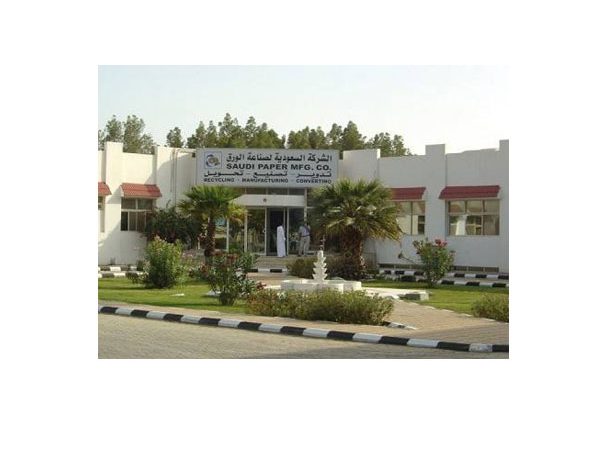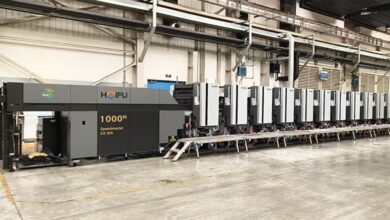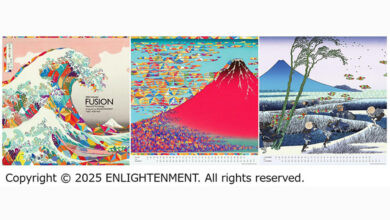NewsPaperSaudi Arabia (KSA)
SPG Receives 50 Million Riyals Financial Support

Saudi Paper Manufacturing Company announces the Ministry of Finance’s final approval that the company will obtain additional facilities and has signed the contract “Facilities for the Corporate Sustainability Support Program” provided by the Ministry of Finance in cooperation with Riyad Bank.
This support came as a culmination of the company’s recent successes and a confirmation of the financial institutions’ confidence in the company’s performance.
The purpose of the facilities is to finance the company’s working capital and raw materials purchase. The total value of the facilities granted is fifty million Saudi Riyals.






129 Comments